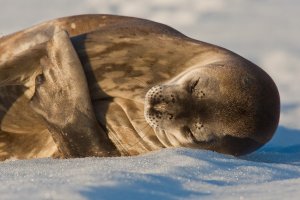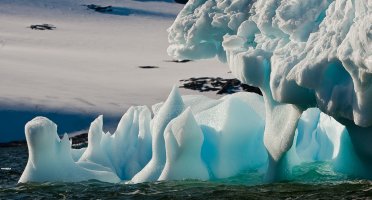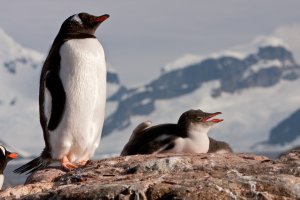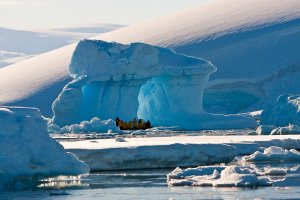Dear Friends,
I currently own a Canon EOS 6D and I am planning a cruise to Antartica in 2016. I have several questions about this trip, as it is a very expensive trip and kind a one in a lifetime event. I am looking for opinions and suggestions from people who have been there or on similar environments.
I am worried that the 6D might fail in Antarctica (as several 5D IIs have failed on Luminous Landscape´s Antarctica Cruise in 2009), so I am thinking about taking a 7D II, which is reported to be the most thoroughly sealed camera to Antarctica in addition to my 6D. 1Dx is completely out of my budget. I would like to know if any of you has experience with the 6D in harsh environments like this and if the camera failed or survived and if you agree with this solution to my concerns.
I would also like to know which equipment I shoud bring. I am planning to buy a rain cover for the cameras, either Kata E-702 PL Pro Light Rain Cover or Manfrotto E-702 PL Elements Cover. Would you recommend any of these rain covers (or another one)?
On the lenses department, I am planning to take Sigma 12-24mm, EF 17-40 f/4L, EF 24-105mm f/4L IS and EF 70-200 f/2.8L IS II and Canon 2x EF extender II. In addition to these lenses, I own EF 28mm f/1.8, EF 50mm f/1.8 II, EF 50mm f/1.4, EF 85mm f/1.8, EF 100mm f/2.8 Macro, EF-S 10-22mm, EF-S 18-55m, EF-S 18-55mm IS, EF 24-70 f/2.8L, EF 70-200 f/4L and Canon 1.4x EF extender II. Would you take any of the remaining lenses? Which lens and why?
On the backpack department, I currently own a Tamrac Evolution 9 backpack, which is my favorite camera backpack ever, but I think it may not be water resistant enough considering that there will be several Zodiac rides from the main ship to the continent. Some people have recommended me the Lowepro Dryzone 200. Would you agree with this recommendation? Would you recommed another backpack?
Thanks in advance.
Leandro
I currently own a Canon EOS 6D and I am planning a cruise to Antartica in 2016. I have several questions about this trip, as it is a very expensive trip and kind a one in a lifetime event. I am looking for opinions and suggestions from people who have been there or on similar environments.
I am worried that the 6D might fail in Antarctica (as several 5D IIs have failed on Luminous Landscape´s Antarctica Cruise in 2009), so I am thinking about taking a 7D II, which is reported to be the most thoroughly sealed camera to Antarctica in addition to my 6D. 1Dx is completely out of my budget. I would like to know if any of you has experience with the 6D in harsh environments like this and if the camera failed or survived and if you agree with this solution to my concerns.
I would also like to know which equipment I shoud bring. I am planning to buy a rain cover for the cameras, either Kata E-702 PL Pro Light Rain Cover or Manfrotto E-702 PL Elements Cover. Would you recommend any of these rain covers (or another one)?
On the lenses department, I am planning to take Sigma 12-24mm, EF 17-40 f/4L, EF 24-105mm f/4L IS and EF 70-200 f/2.8L IS II and Canon 2x EF extender II. In addition to these lenses, I own EF 28mm f/1.8, EF 50mm f/1.8 II, EF 50mm f/1.4, EF 85mm f/1.8, EF 100mm f/2.8 Macro, EF-S 10-22mm, EF-S 18-55m, EF-S 18-55mm IS, EF 24-70 f/2.8L, EF 70-200 f/4L and Canon 1.4x EF extender II. Would you take any of the remaining lenses? Which lens and why?
On the backpack department, I currently own a Tamrac Evolution 9 backpack, which is my favorite camera backpack ever, but I think it may not be water resistant enough considering that there will be several Zodiac rides from the main ship to the continent. Some people have recommended me the Lowepro Dryzone 200. Would you agree with this recommendation? Would you recommed another backpack?
Thanks in advance.
Leandro




